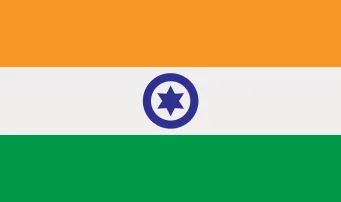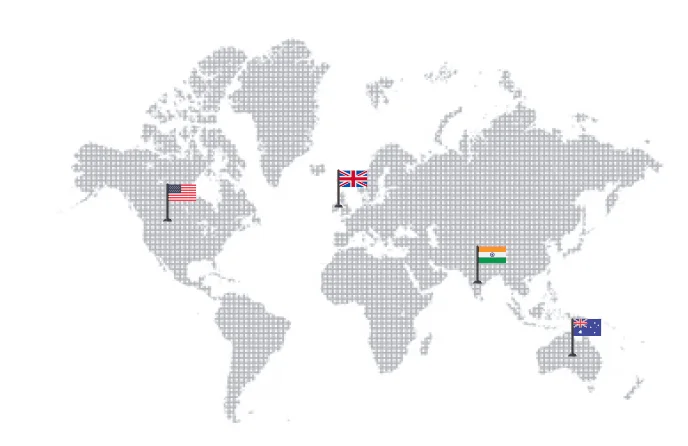User account management
User Account Management plays a pivotal role in the comprehensive suite of IT
management services offered by RND Softech, addressing various facets of identity and access control
within organizational frameworks. This crucial component involves the administration of user accounts,
encompassing the creation, modification, and deletion of accounts. Simultaneously, Account Provisioning is
instrumental in ensuring that users can seamlessly access systems and resources to carry out their roles
effectively.
Implementing effective User Access Control is central to maintaining security,
dictating who can access what, guided by meticulously defined User Account Permissions. Integrating
Identity and Access Management systems is key in streamlining and centralizing these processes, enhancing
security and operational efficiency. Within this realm, paramount importance is given to User Account
Security, with rigorous measures in place to thwart unauthorized access and potential data breaches.
A cornerstone of User Account Management is Password Management, which is pivotal in
user authentication. This involves ensuring that passwords are robust, regularly updated, and securely
stored. The overarching goal is to fortify the integrity and security of IT systems and data, especially
in today's interconnected digital landscape.
Key components of user account management
Account creation and provisioning
- Initiation of user accounts involves defining roles, permissions, and access levels based on job
responsibilities. Automated provisioning tools facilitate a seamless on boarding process, ensuring swift
access for new employees.
Access control and permissions
- UAM defines and manages access controls, determining who has access to specific systems,
applications, and data. The principle of least privilege is implemented to minimize security risks by
granting users the minimum necessary access.
Authentication and password management
- Robust authentication mechanisms, including multifactor authentication (MFA), enhance security.
Effective password management, encompassing periodic updates and complexity requirements, prevents
unauthorized access.
User lifecycle management
- Oversees the entire user lifecycle, including account creation, modification, and deactivation, to
align access privileges with user roles. Timely deactivation of accounts for departing or role-changing
employees prevents unauthorized access.
Auditing and monitoring
- Regular auditing and monitoring of user accounts promptly detect and address security threats. Audit
trails provide insights into user activities, aiding compliance with industry regulations and internal
policies.
Compliance and reporting
- Ensures compliance with industry regulations (e.g., GDPR and HIPAA) and internal policies. Regular
reporting aids in demonstrating adherence to standards during audits.
User training and awareness
- Education and awareness programs empower users with security best practices, such as recognizing
phishing attempts and safeguarding credentials.
Benefits of user robust account management
Enhanced security
Mitigates the risk of unauthorized access and data breaches through robust authentication measures and
access controls.
Operational efficiency
Automated provisioning and de-provisioning streamline user on boarding and off boarding, saving time
and resources
Regulatory compliance
It helps organizations comply with regulatory requirements by maintaining accurate and auditable
records, avoiding legal repercussions.
Risk mitigation
Proactive monitoring and auditing minimize the risk of insider threats, enabling timely intervention
in suspicious activities.













.webp)
